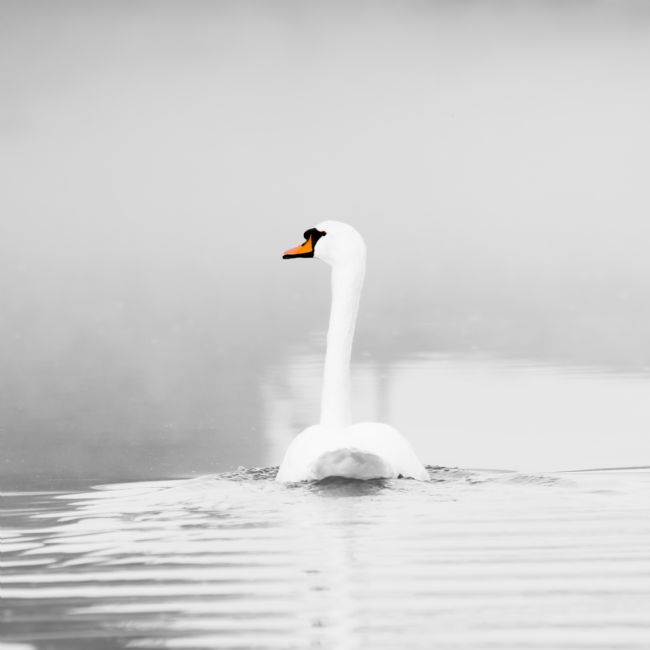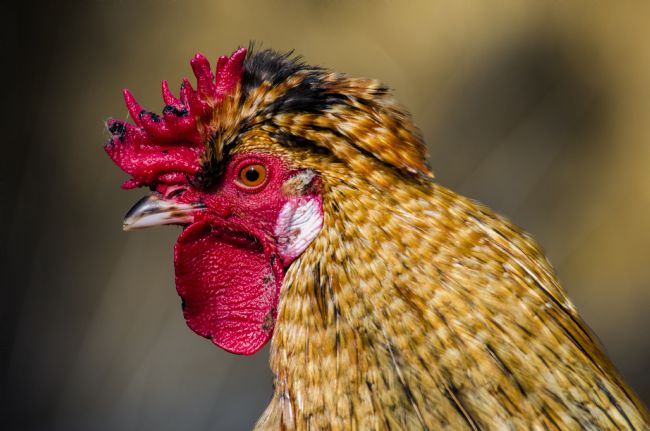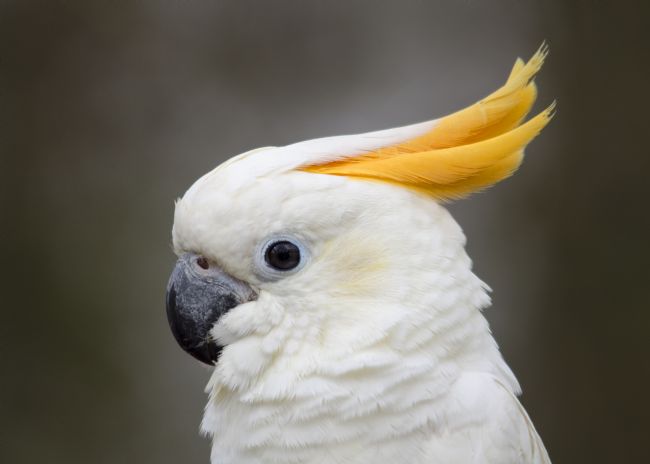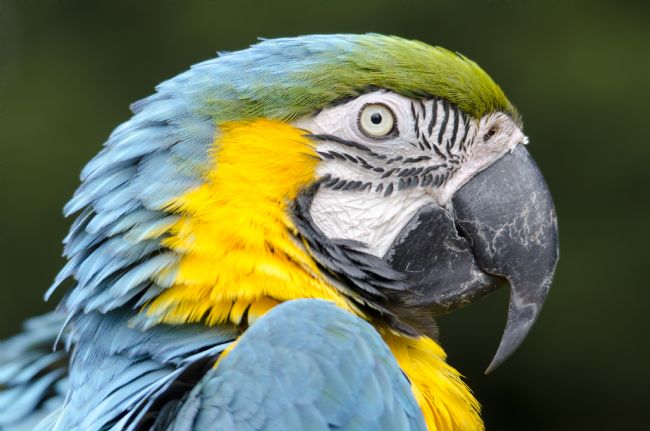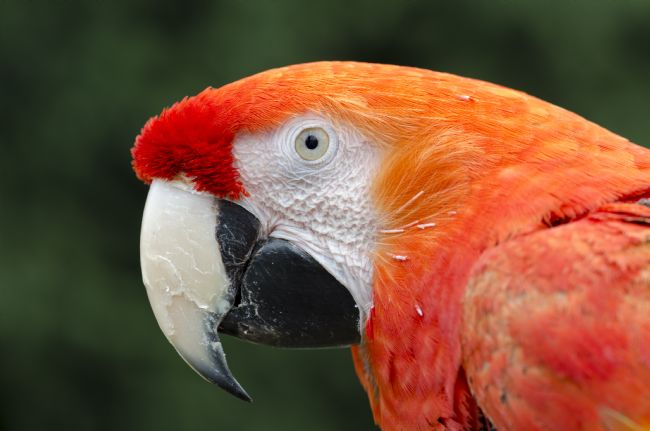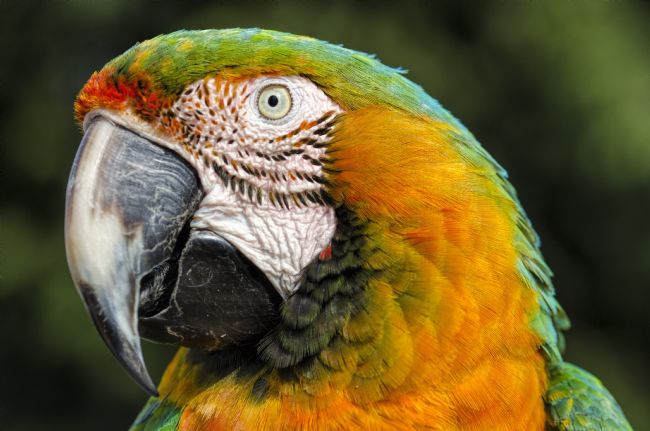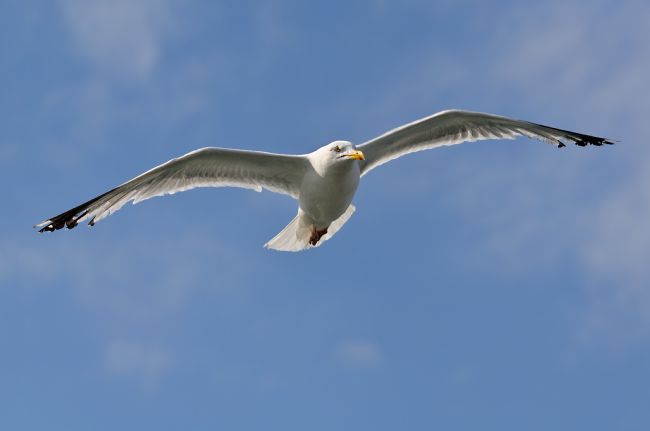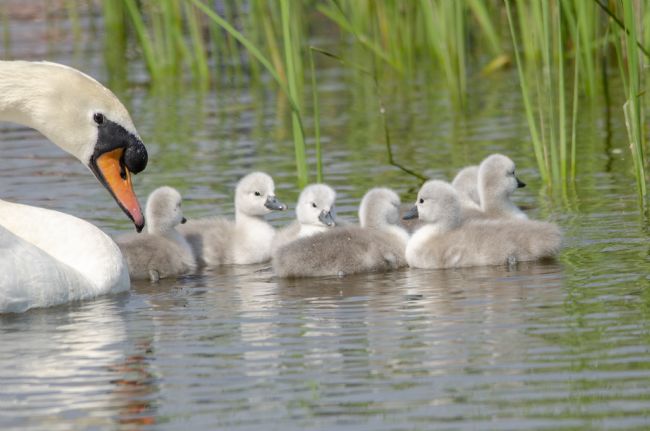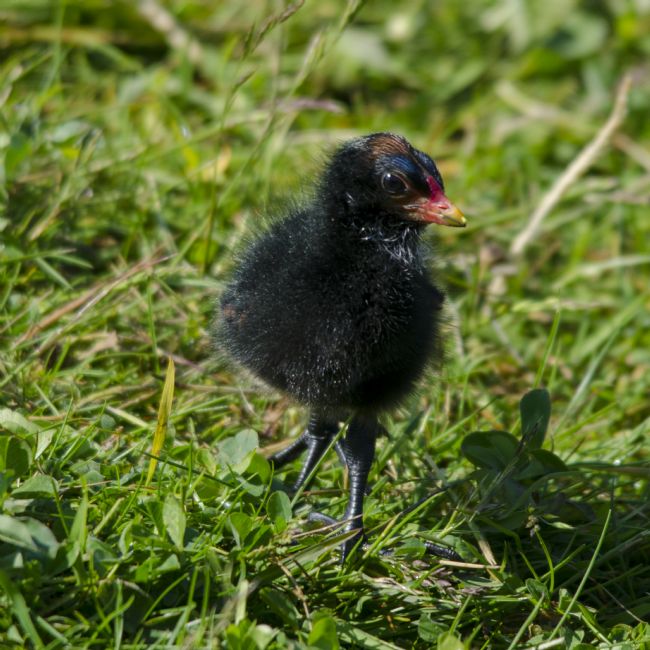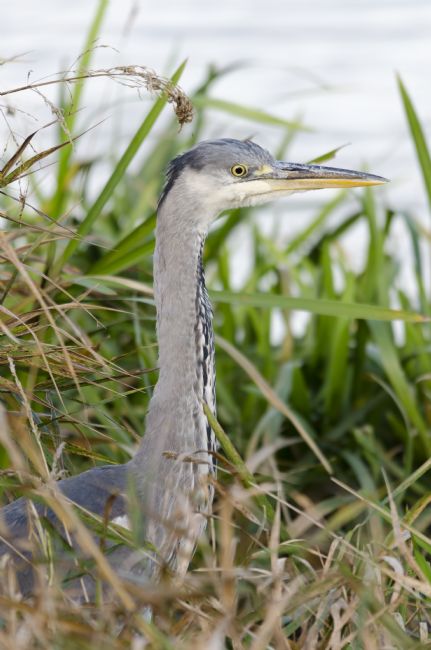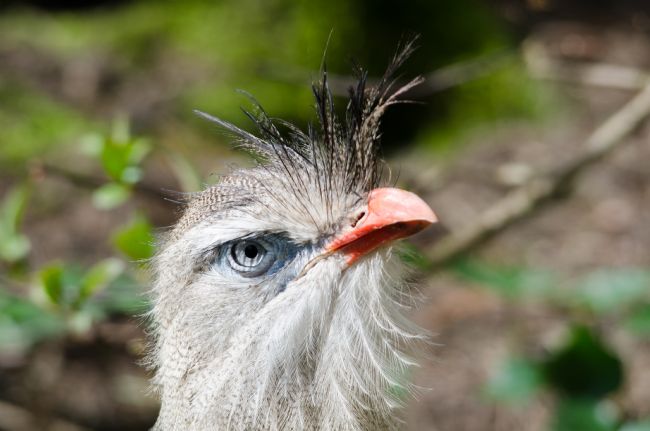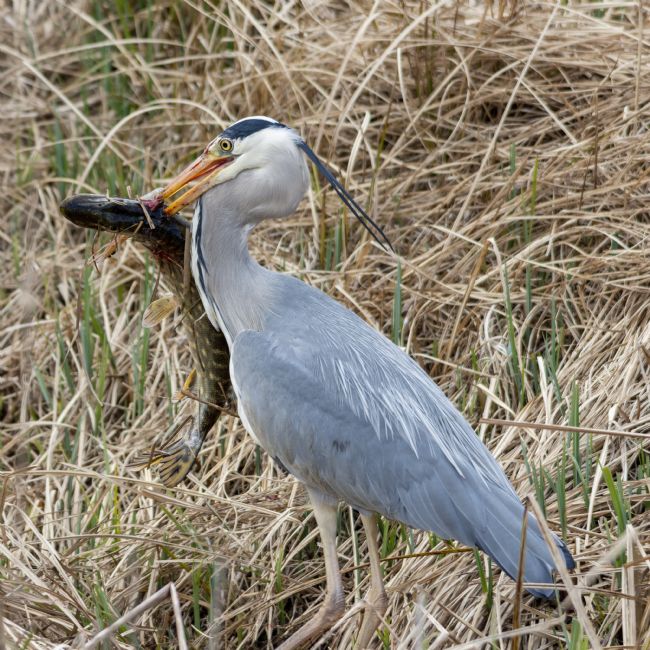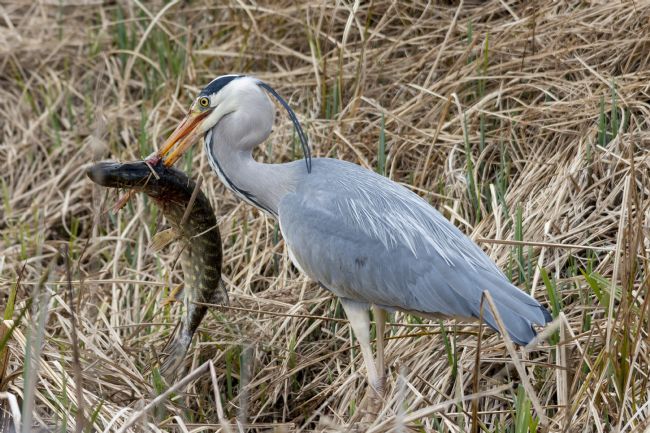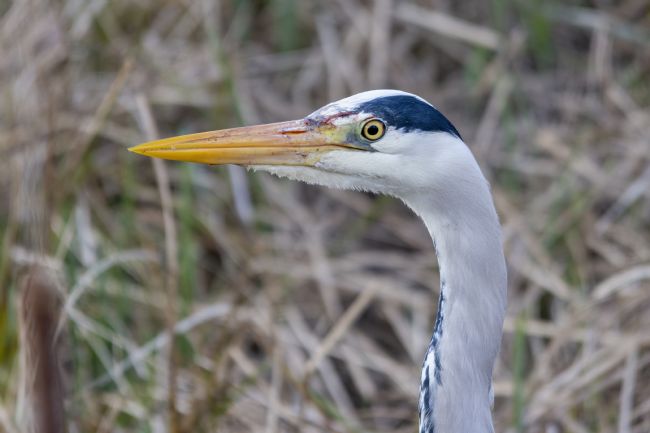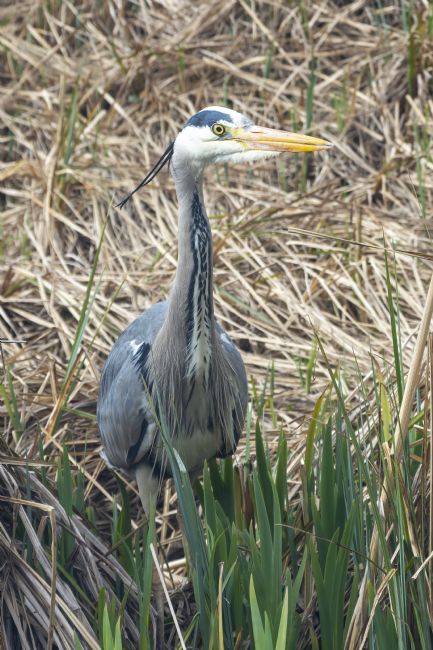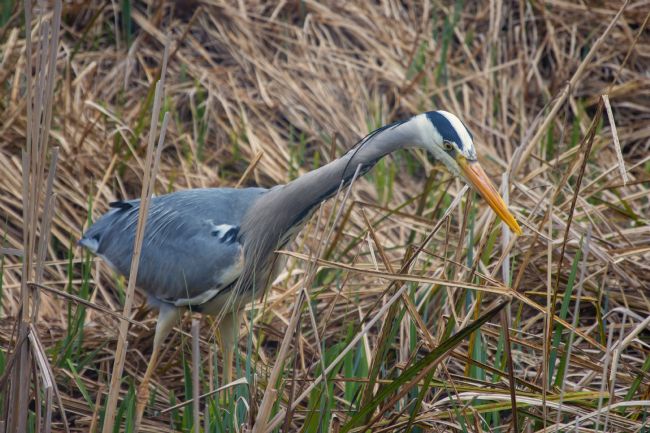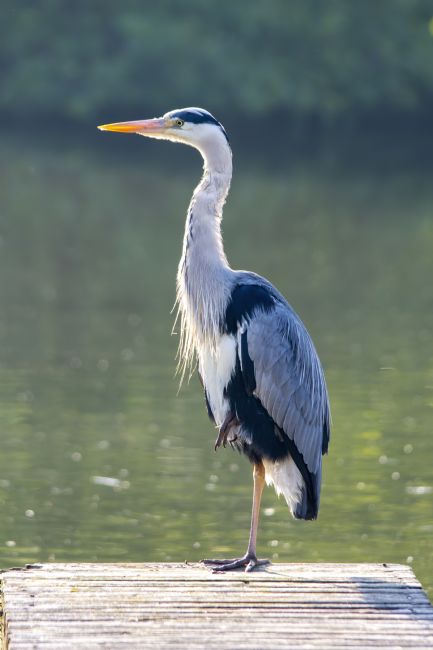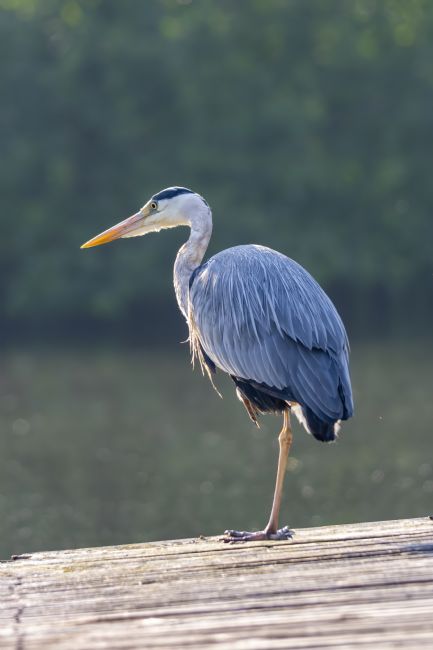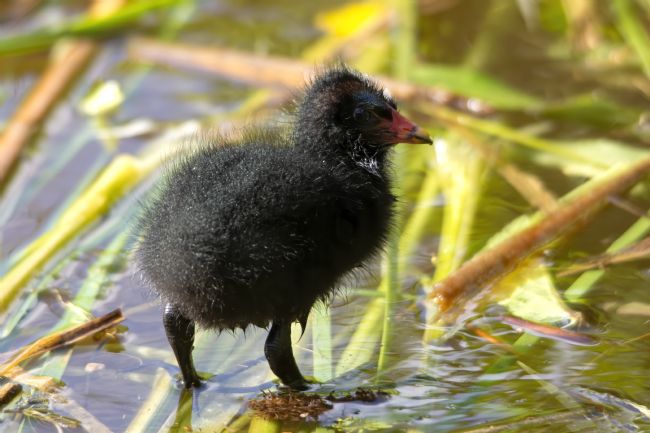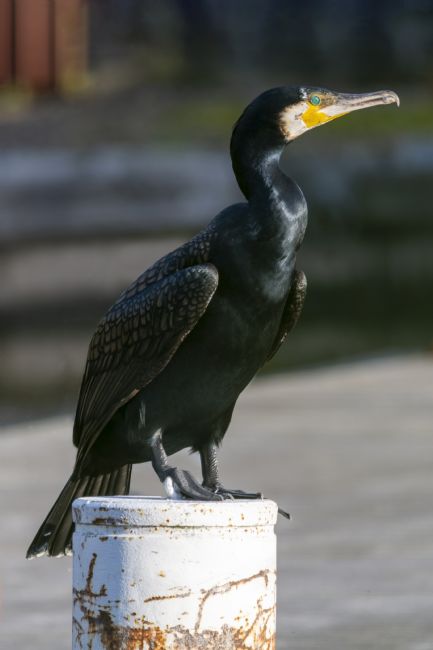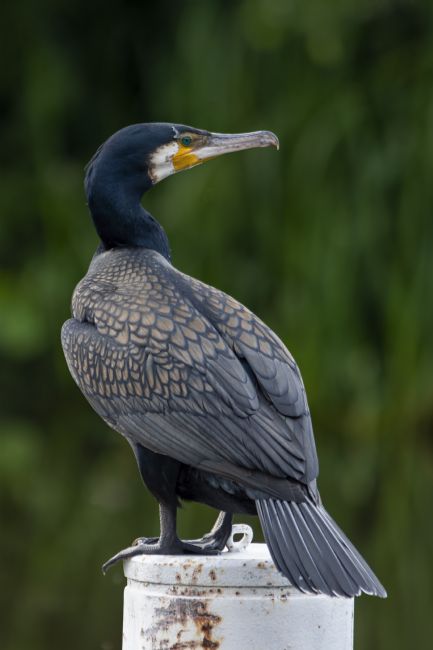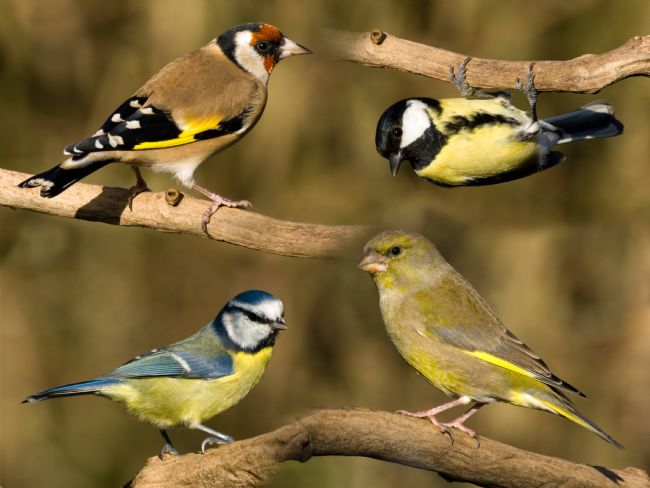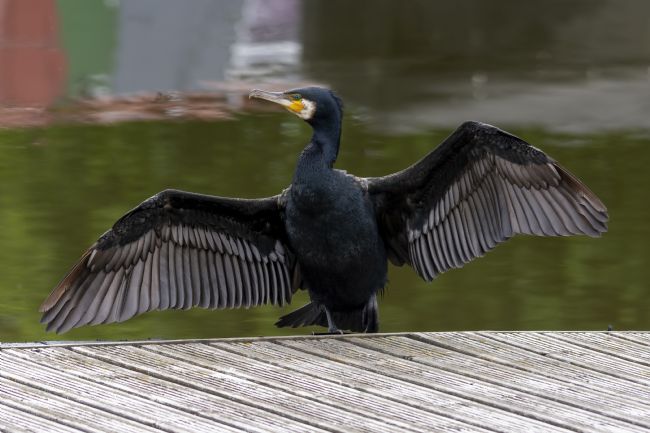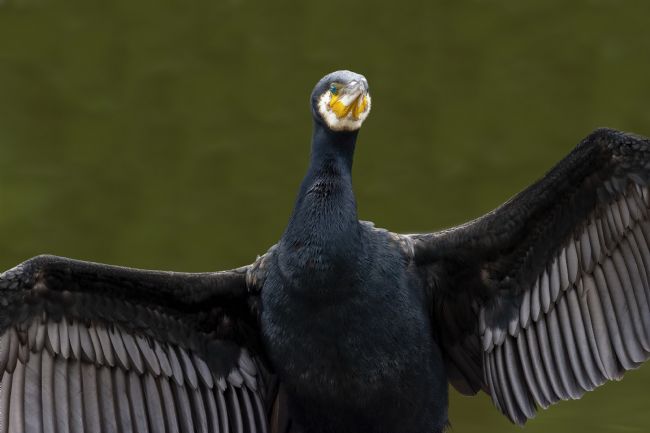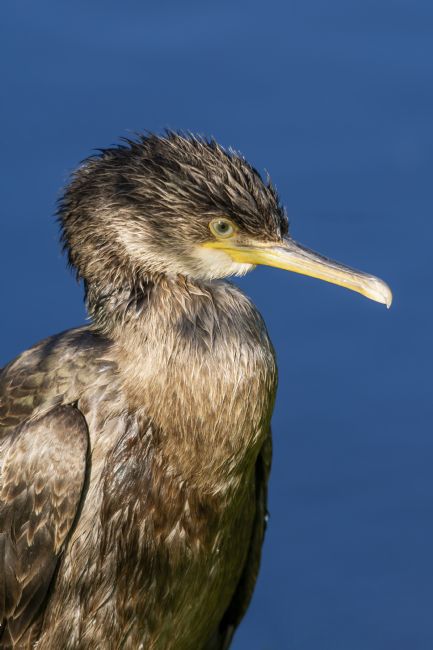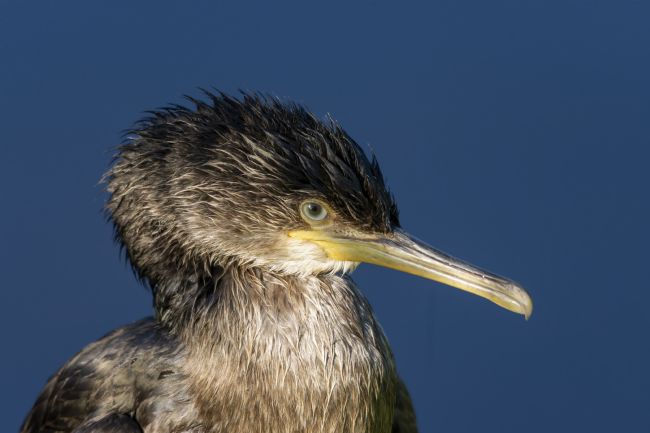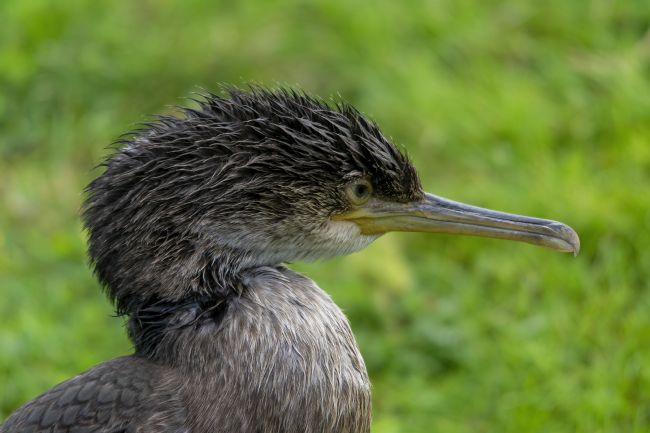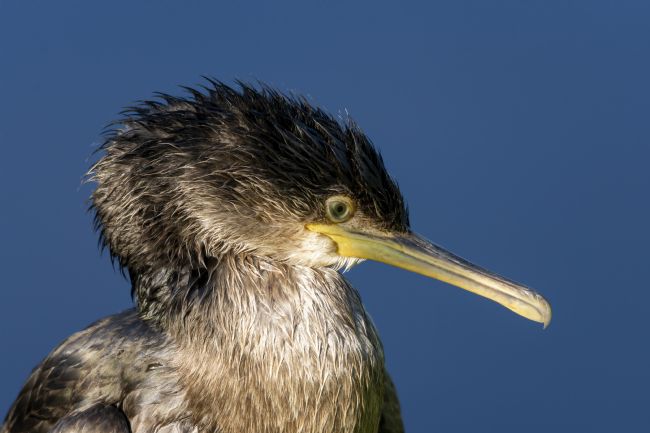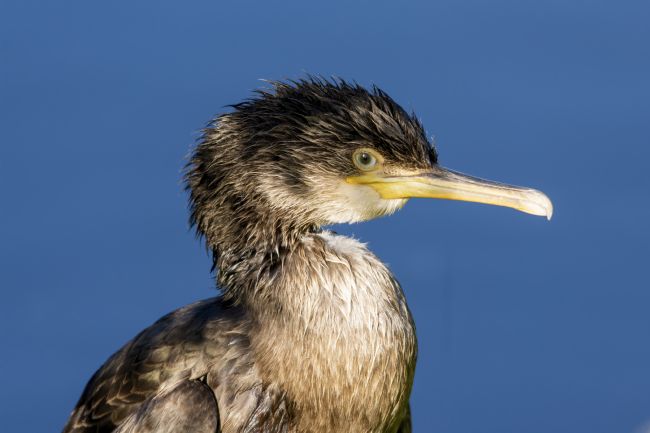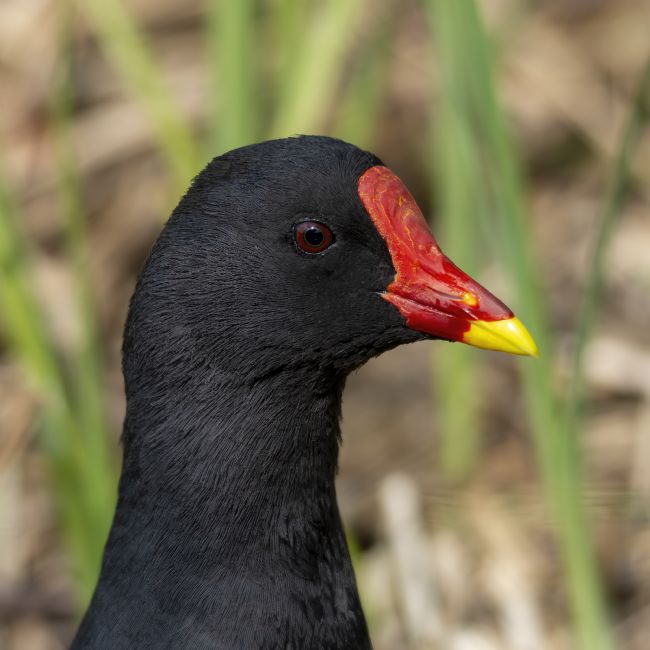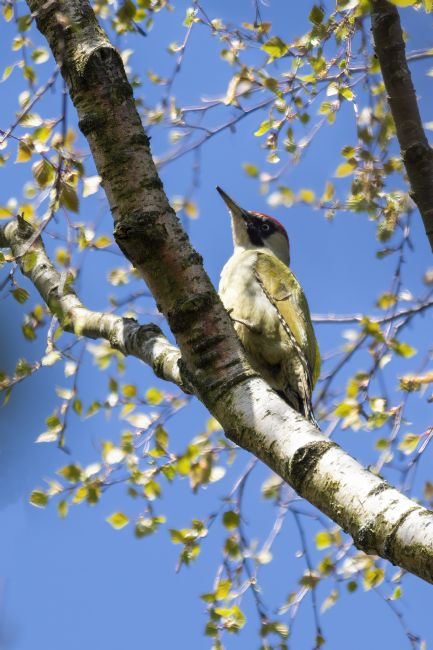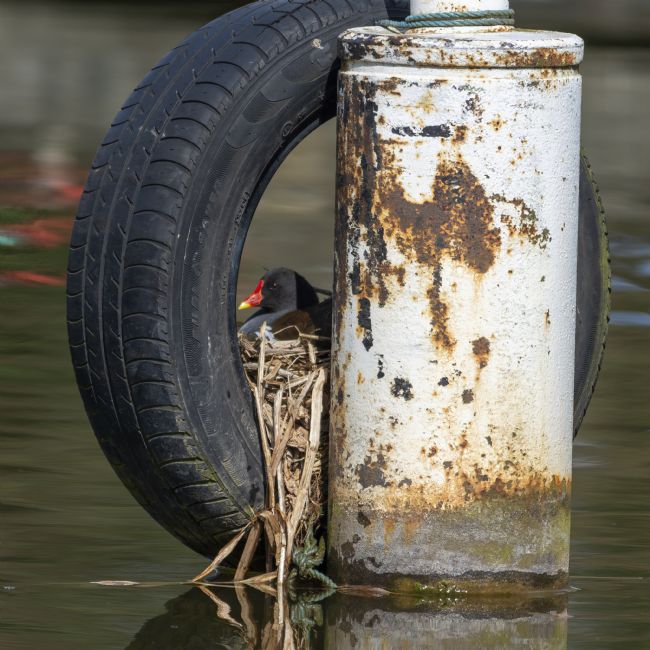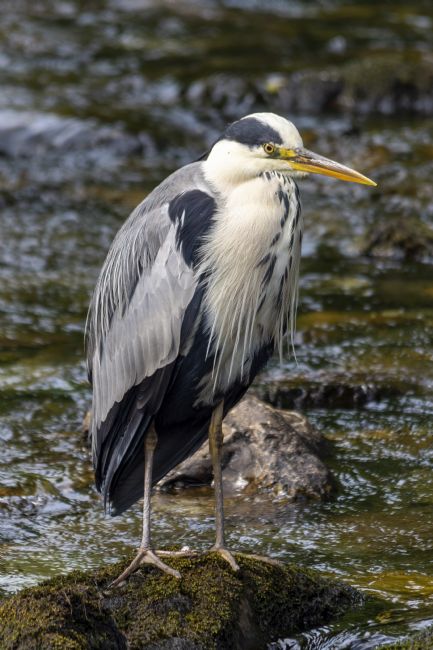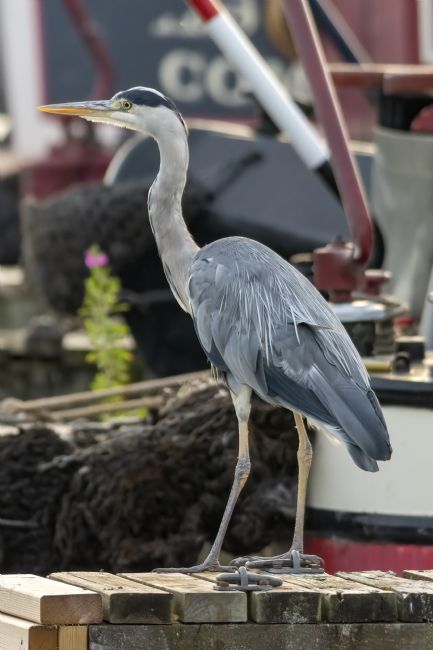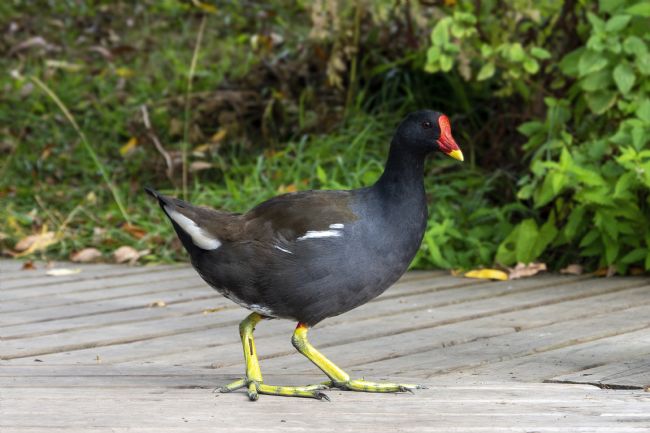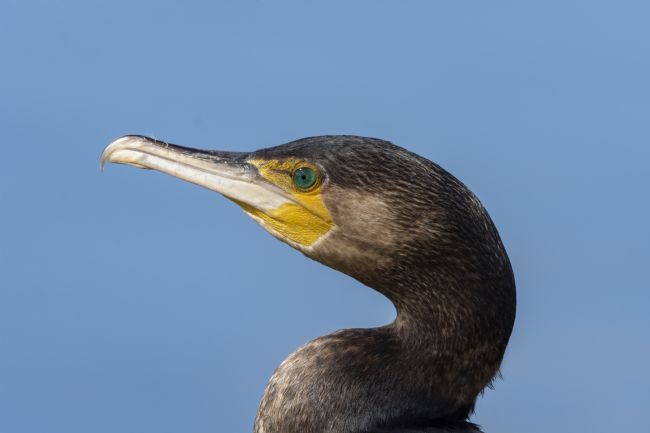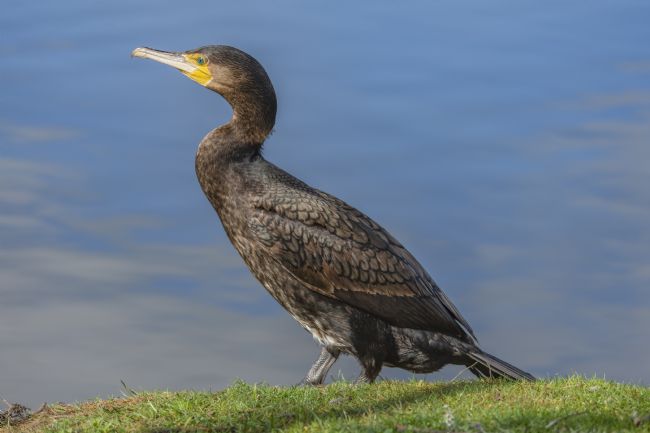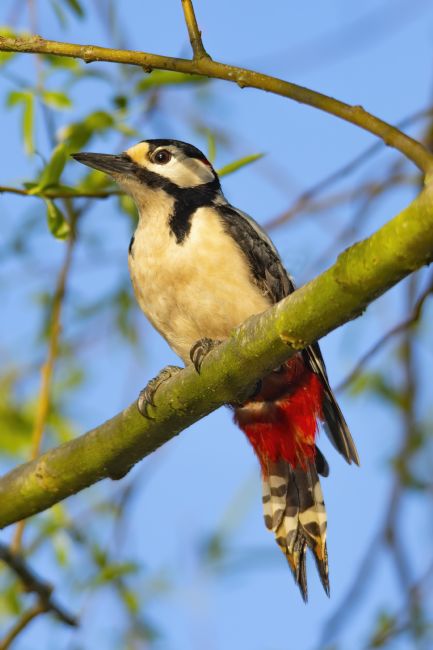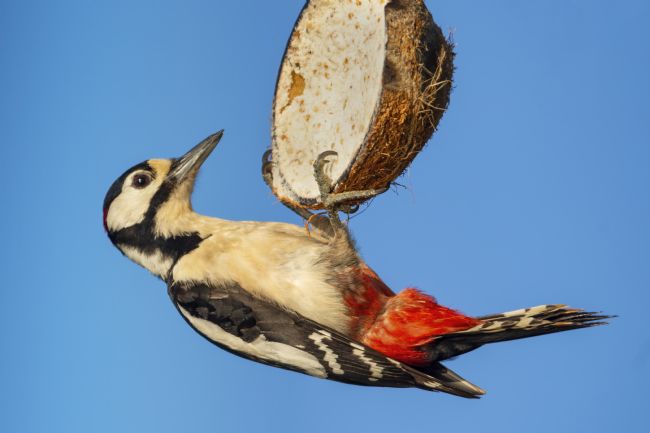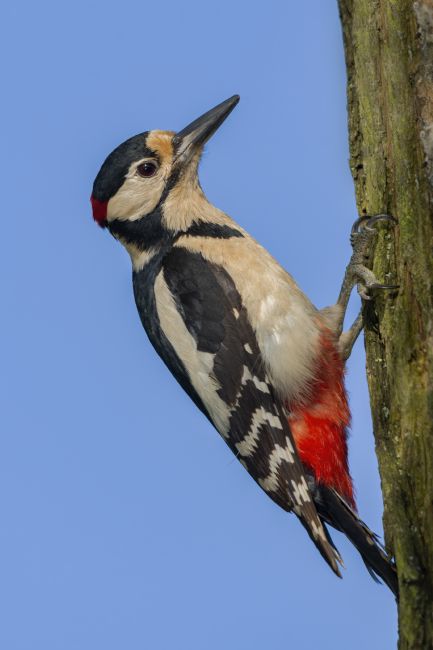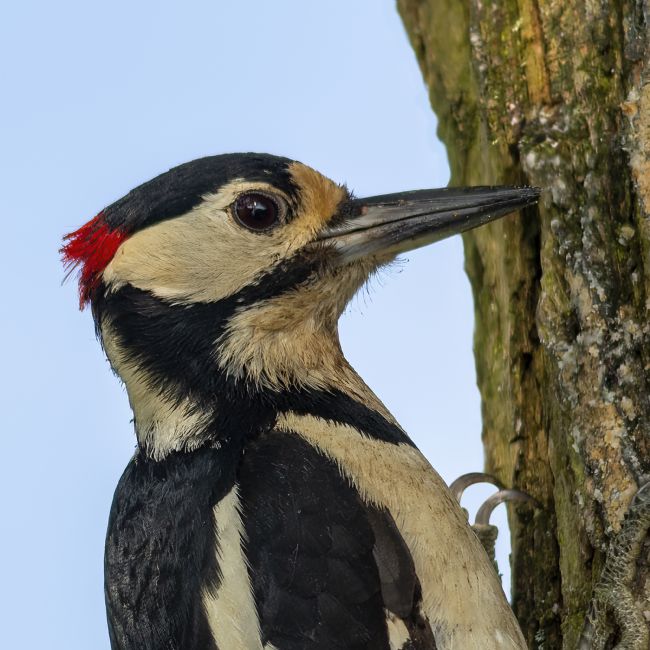An early morning cruise along the canal and this mute swan serenely swam ahead of the boat.
A rather splendid cockerel keen to show off both his fancy plumage and ear shattering call to anyone and anything who got near.
The Sulfur Crested Cockatoo is a large member of the parrot family - Cacatua galerita and are popular, if not demanding pets with a captive life expectancy of 70 years or more - often outliving their owners.
The blue and gold macaw - Ara ararauna is a very popular pet as they easily form bonds with humans and are widely available. Originally from South America their adoption as pets has seen them spread to many parts of the world
The Scarlet Macaw - Ara macao is one of many Macaws and like all parrots is immensely intelligent and strikingly colourful. Capable of breaking into the hard shells of walnuts with ease it is also capable of the most delicate control to extract the nut from the shell. Seen here at Tropical Birdland, Leicester.
The blue-throated macaw - Ara glaucogularis ( previously Ara caninde) is also known as Caninde macaw or Wagler's macaw. With striking blue upper plumage and contrasting yellow / orange underneath. Around the eyes are lines of feathers that form several stripes. Critically endangered it is thought there are fewer than 500 in the wild.
A solitary gull effortlessly riding the thermals on the coast at Llandudno, Wales.
A proud father (cob) swan with seven cygnets. These are between one and two days old, having left the nest the morning of this image, but lost all but the barest trace of egg tooth.
Moorhens are normally regarded as being water or wading birds but the do spend a lot of time out of water as they are omnivores, eating pretty much everything from reeds and berries through to insects, snails and small fish.
The Grey Heron, is a wading bird of the heron family Ardeidae and is native throughout temperate Europe. They feed mainly on fish but will also take small amphibians if the opportunity arises.
This beautiful if somewhat crazy hairdo adorned bird hunts a variety of small prey including beetles, grubs and snakes - dealing with the latter by bashing them into submission on rocks / hard ground. Although it can fly it prefers to run when chasing prey or threatened. This image was taken at Twycross zoo who have given permission for it to be sold.
Nature in the raw. This heron (Ardea cinerea) was rewarded for its patience with this rather unfortunate pike (Esox lucius). The heron's simple technique is wait, then stab its beak through its prey skewer style.
Nature in the raw. This heron (Ardea cinerea) was rewarded for its patience with this rather unfortunate pike (Esox lucius). The heron's simple technique is wait, then stab its beak through its prey skewer style.
This heron (Ardea cinerea) was later rewarded for its patience with a rather unfortunate pike (Esox lucius). The heron's simple technique is wait, then stab its beak through its prey skewer style.
This heron (Ardea cinerea) was later rewarded for its patience with a rather unfortunate pike (Esox lucius). The heron's simple technique is wait, then stab its beak through its prey skewer style.
This heron (Ardea cinerea) was later rewarded for its patience with a rather unfortunate pike (Esox lucius). The heron's simple technique is wait, then stab its beak through its prey skewer style.
I went looking for a heron and having walked along countless jetties I'm not sure who was more surprised - me or the heron.
I went looking for a heron and having walked along countless jetties found one. In the typical one legged hunched over pose this one looks like it has already been in the water.
This swan is known to me as Mrs Sid. She built her nest just a few feet away from the back of my boat and after sitting on eggs hatched 4. This is only her second day off the nest and she very much appreciates the food we provide for her.
Just a couple of days old and with the remnants of its egg tooth this moorhen chick surely embodies A face only a mother could love. This image can be ordered on all of our products and for the purposes of coasters or clocks will be cropped.
This cormorant (Phalacrocorax carbo) is a regular visitor to where I live and uses this white post as a perch and drying out spot. Its heavier build and stunning green eye with no feathers surrounding it differentiates it from the similar looking shag.
This cormorant (Phalacrocorax carbo) is a regular visitor to where I live and uses this white post as a perch and drying out spot. Its heavier build and stunning green eye with no feathers surrounding it differentiates it from the similar looking shag.
A small selection of British garden birds. Chaffinch, Great Tit, Blue Tit, Greenfinch.
I have waited for over a month for this moment. This cormorant (Phalacrocorax carbo) is a regular visitor to where I live and has chosen the marina fuelling jetty as a resting place. Its heavier build and stunning green eye with no feathers surrounding it differentiates it from the similar looking shag.
I have waited for over a month for this moment. This cormorant (Phalacrocorax carbo) is a regular visitor to where I live and has chosen the marina fuelling jetty as a resting place. Its heavier build and stunning green eye with no feathers surrounding it differentiates it from the similar looking shag.
Young cormorants (Phalacrocorax carbo) are normally fed twice a day by the parents and spend the rest of the time pretty much just sitting around waiting for the next meal time interspersed with the odd swim around to relieve the boredom. The young cormorant does not develop the distinguishing emerald green eye until it approaches maturity.
Young cormorants (Phalacrocorax carbo) are normally fed twice a day by the parents and spend the rest of the time pretty much just sitting around waiting for the next meal time interspersed with the odd swim around to relieve the boredom. The young cormorant does not develop the distinguishing emerald green eye until it approaches maturity.
Young cormorants (Phalacrocorax carbo) are normally fed twice a day by the parents and spend the rest of the time pretty much just sitting around waiting for the next meal time interspersed with the odd swim around to relieve the boredom. The young cormorant does not develop the distinguishing emerald green eye until it approaches maturity.
Young cormorants (Phalacrocorax carbo) are normally fed twice a day by the parents and spend the rest of the time pretty much just sitting around waiting for the next meal time interspersed with the odd swim around to relieve the boredom. The young cormorant does not develop the distinguishing emerald green eye until it approaches maturity.
Young cormorants (Phalacrocorax carbo) are normally fed twice a day by the parents and spend the rest of the time pretty much just sitting around waiting for the next meal time interspersed with the odd swim around to relieve the boredom. The young cormorant does not develop the distinguishing emerald green eye until it approaches maturity.
I am lucky enough to have a family of moorhens as neighbours and this one was rather hoping for a free lunch, which in fairness, it did get.
Despite making an amazingly loud noise it took a while to find this handsome female Green Woodpecker - Picus viridis. The Green Woodpecker is the largest of the three woodpeckers that breed in Britain and dine pretty much exclusively on ants.
This moorhen (Gallinula chloropus) has decided to go for the easy nest option by using this old tyre as a base. The tyre itself is a fender on the metal mooring post that you see on the right.
At Llanberis in Wales we were planning to walk to a waterfall and saw a small group of people staring over a little bridge - this is what they were staring at. They had no idea what it was.
A heron waits patiently for the arrival of lunch.
The Moorhen (Gallinula chloropus) is a comical bird whose long toes seem far too large for its body however they spread the weight so effectively they can walk on floating vegetation where those less adapted would surely sink.
The Moorhen (Gallinula chloropus) is a comical bird whose long toes seem far too large for its body however they spread the weight so effectively they can walk on floating vegetation where those less adapted would surely sink.
This Cormorant (Phalacrocorax carbo) had taken to sitting at the edge of the water and didn't seem too worried about my presence. Another bird was close by in the water, possibly its mate.
This Cormorant (Phalacrocorax carbo) had taken to sitting at the edge of the water and didn't seem too worried about my presence. Another bird was close by in the water, possibly its mate.
The Great Spotted Woodpecker (Dendrocopus major) is a relatively shy bird but will visit garden feeders that offer nuts or suet. Whilst all of the Great Spotted Woodpeckers have red undertail feathers this adult male is identified by the black head and red nape.
The Great Spotted Woodpecker (Dendrocopus major) is a relatively shy bird but will visit garden feeders that offer nuts or suet. Whilst all of the Great Spotted Woodpeckers have red undertail feathers this adult male is identified by the black head and red nape.
The Great Spotted Woodpecker (Dendrocopus major) is a relatively shy bird but will visit garden feeders that offer nuts or suet. Whilst all of the Great Spotted Woodpeckers have red undertail feathers this adult male is identified by the black head and red nape.
The Great Spotted Woodpecker (Dendrocopus major) is a relatively shy bird but will visit garden feeders that offer nuts or suet. Whilst all of the Great Spotted Woodpeckers have red undertail feathers this adult male is identified by the black head and red nape.
